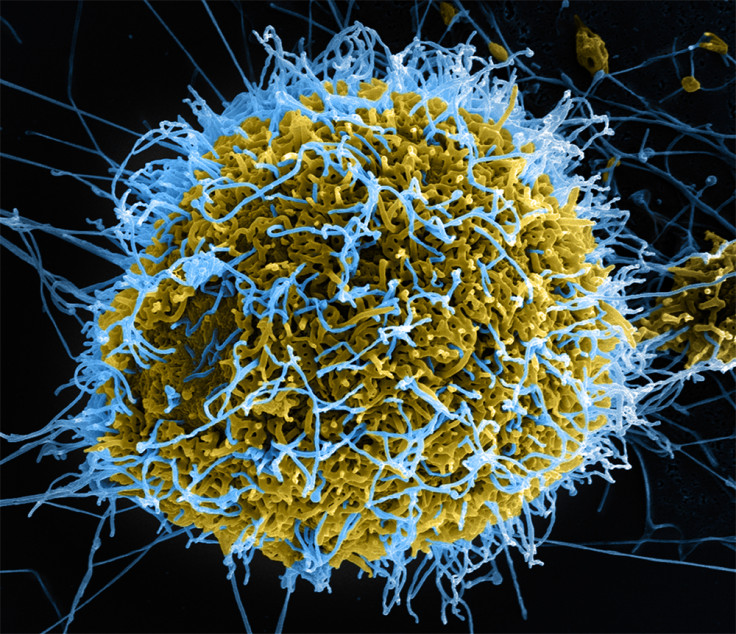India: Ebola-like disease linked to monkeys driven out of forests

A viral haemorrhagic disease similar to Ebola and dengue but not as fatal, is on the rise in parts of India.
The Kyasanur Forest Disease (KFD) or the Monkey Disease as it is known popularly, has a fatality rate of 3–5%.
What has caused concern is how the virus seems to have developed a foothold in the region where it was first reported from, and seems to be expanding its range. What is also alarming is the number of human infections in spite of the availability of a vaccine.
Last year, 137 people suffered from the disease in the southern Indian state of Karnataka during January-May, after a break from the year 2003 when over 300 cases had been reported. More alarming has been the discovery of new cases from neighbouring states.
It vindicates the claim of the National Institute of Virology (NIV) in Pune that antibodies against the pathogen were found even earlier in human blood samples collected from Gujarat, Rajasthan, Maharashtra, West Bengal, Tamil Nadu, and Andaman and Nicobar Islands.
Though no research has been done on the disease, it is known that KFD spreads from infected monkeys. Ticks (Hemaphysalis spinigera) that live on them harbour the pathogen and pass it among the monkey population.
When infected monkeys die, ticks drop from the bodies to the ground from where it can be picked by a human or animal. Humans can also catch the infection when they come in touch with infected monkeys.
Deforestation and global warming
Down to Earth writes that KFD is yet another instance of environmental degradation affecting human health.
Deforestation could be the primary reason as it increases contact between humans and wild animals. Shivamogga district where the maximum cases have been reported from has lost 4,000 hectares of forest between 2001 and 2007.
While primary symptoms are low platelet count and red blood cells, in a second phase that infects 10-20% of the cases, severe neurological disorders have been recorded.
A vaccine available since 25 years helps prevent the second phase but remains untested in children.
Since 2006, vaccination has been carried out only in outbreak areas.
The WHO classifies the KFD virus as a group 4 virus which can cause severe disease besides being a hazard to lab personnel.
There is evidence that global warming increases the population of insects like ticks that harbour the virus, and lead to the spread of the disease.
First identified in 1957, when it was isolated from a sick monkey from the Kyasanur Forest in Karnataka, KFD has since been reported to be enzootic (regularly affecting animals in a region during a season).
Studies have shown that species losses in ecosystems spur rises in pathogens. Wetland degradation can for instance force migrating waterfowl that harbour avian influenzas into sites where they have contact with domestic fowl. This could be the reason for recent bird flu cases in India.
Tick populations will flourish when opossum populations decline as opossums kill ticks.
The risks of novel and emerging infectious diseases are much higher today than when assessed in a 2008 study that looked at the role of wild animals in the origin of 335 diseases between 1940 to 2004.
Maps had then revealed that disease emergence events have roughly quadrupled over the past 50 years.
Around 60% of the diseases spread from animals to humans with a majority traced to wild animals.
The well-known examples are the HIV/AIDS pandemic that started from human contact with chimps and sooty mangabey monkeys; SARS (Severe acute respiratory syndrome) which originated in Chinese bats; CJD (Creutzfeldt-Jakob disease) in cattle; MERS (Middle East Respiratory Syndrome) in camels and more recently, Ebola from fruit bats, most probably.
The hotspots of the emerging diseases largely span poorer regions of sub-Saharan Africa, India and China.
© Copyright IBTimes 2024. All rights reserved.





